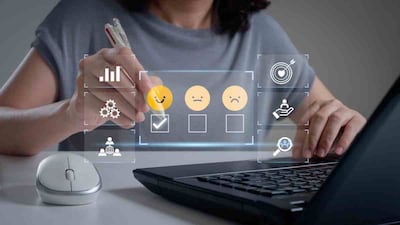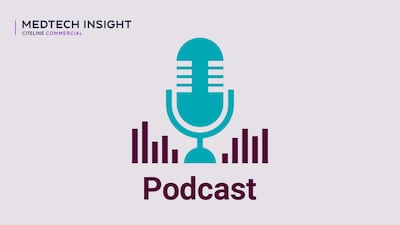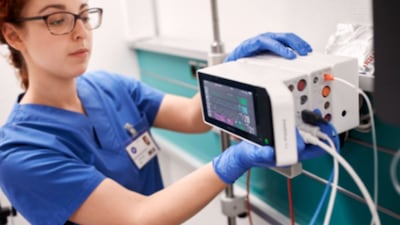The medical device industry has come to sing the body electric. It's now clear that electrical stimulation with electrodes and pacemaker-like devices has the potential to treat any organ in the body influenced by nerves—that is, every organ. Moreover, the science of electrical stimulation has come a long way since the late 18th century when Alessandro Volta first observed the power of electricity to cause a frog's leg to twitch on a metal plate. Beyond the functional stimulation of muscles to get them moving, electrical stimulation can also operate on blood vessels, membranes, and receptors—targets in the body once regarded as the domain of pharmaceuticals.
Indeed, driving sales of $2 billion in the neurostimulation industry in 2005 and growth rates of almost 20% going forward,...
Welcome to Medtech Insight
Create an account to read this article
Already a subscriber?







